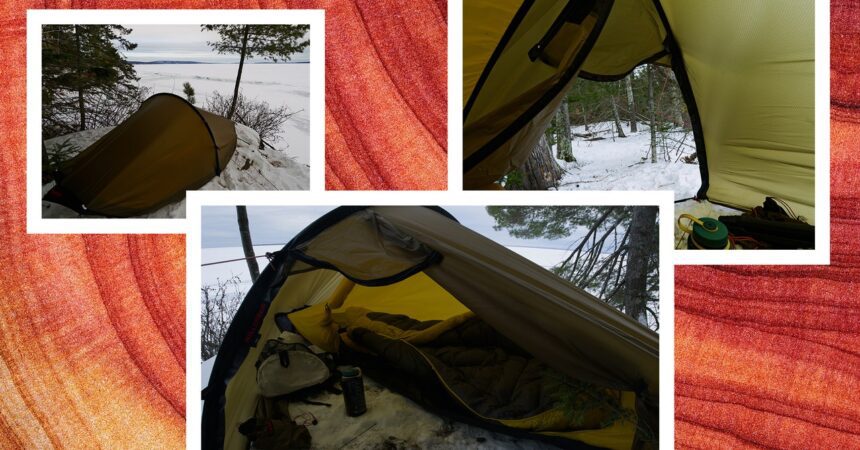An unassuming company from Sweden has been quietly producing some of the most robust, durable, and weather-resistant backcountry shelters available for decades. The Akto, first launched in 1995, has undergone only a single design modification in all that time, which is a testament to why Hilleberg has garnered a somewhat cult-like following. However, Hilleberg tents come with a hefty price tag, leading many to ponder, “Are they really worth it?”
To answer that question, I requested Hilleberg to send me their iconic four-season, one-person, hoop-style tent—the Akto. Priced at a retail value of $740 (though sales can offer it for less), it’s not inexpensive. But after using it for nearly two weeks through fall and into winter, I can confidently say it’s absolutely worth the investment. The Akto stands out as the best tent I’ve ever used by a significant margin. While it’s not flawless, it surpasses other solo tents on the market, and I believe it might be among the few nylon products that could earn a spot in our Buy It For Life guide.
Think Outside the Box
Photograph: Scott Gilbertson
The debut of the Akto was revolutionary when it launched in 1995. (As a side note, the name translates to “alone” in Sami, the language of the indigenous people of northern Scandinavia.) At that time, very few manufacturers created four-season solo tents, there was minimal use of silicone nylon—now commonplace in lightweight tents—and hoop tents were virtually nonexistent. Fast-forward to today, and although numerous outdoor brands now produce similar products (for instance, Tarptent’s Scarpa 1), the Akto has largely maintained its original design. When something works, there’s no need to alter it. (Technically, Hilleberg did add a small vent hood over the fly door at some point, which I greatly appreciate. It’s possibly my favorite feature.)
Having covered the history, let’s delve into the tent itself. Unless you’ve been using ultralight tents from cottage manufacturers, the Akto likely feels remarkably different from the backpacking tents you’ve encountered before.
Two features distinguish Hilleberg’s Akto. First is its unique hoop-style construction. The second defining aspect is the fabric, which is both tougher and lighter (though not necessarily ultralight) compared to the majority of other tents I’ve tested. More details on that below.
The Akto is not a freestanding model. Its design consists of a single curved pole situated in the tent’s center, resembling a covered wagon’s hoop. The ends are staked out from this central pole, with two stakes at each end. While a freestanding design has its own advantages, such as easy repositioning after setup, I’ve found through my experience with the Akto and other non-freestanding options that I’m comfortable with the trade-offs. Forgoing the freestanding aspect results in a lighter tent with an excellent low-profile against the wind, while still robust enough to handle gusts that may arise during the night. Additionally, it’s simpler to pitch.
Photograph: Scott Gilbertson










